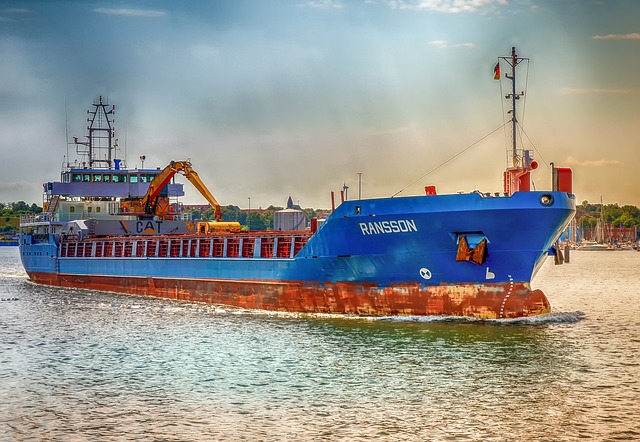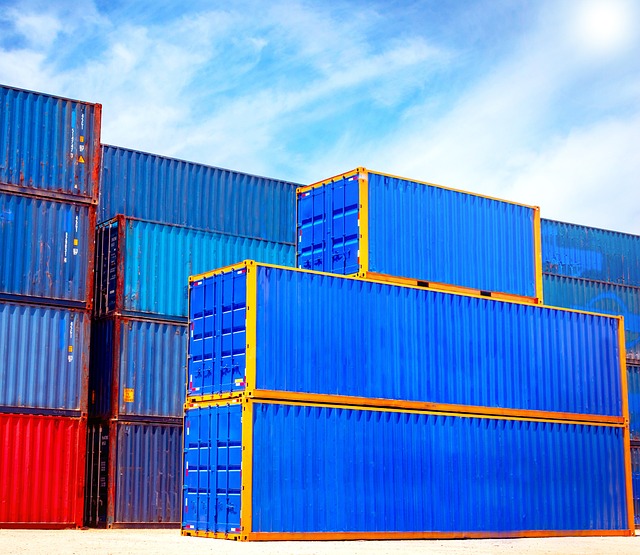International vehicle shipping requires careful planning and understanding of various factors. Choose a transport method (air, sea, or road) based on needs, then leverage Incoterms for clarity between sender and carrier. Knowledge of customs duties, taxes, and restrictions is vital to avoid delays. Prepare your vehicle with inspections, servicing, and security measures, ensuring it meets necessary standards and documentation requirements. Select a reputable shipping method (ROR, containerized, or flatbed) and carrier based on experience, safety records, and positive customer reviews for a successful international shipment process.
Shipping a vehicle internationally can be a complex process, but with careful preparation and the right knowledge, it can be achieved with ease. This comprehensive guide covers everything you need to know about international vehicle shipping, from understanding the basics to choosing the best shipping method. We’ll walk you through preparing your vehicle for safe transportation and help you select reliable carriers, ensuring a smooth and worry-free experience.
- Understanding International Vehicle Shipping: The Basics
- Preparing Your Vehicle for Safe Transportation
- Choosing the Right Shipping Method and Carriers
Understanding International Vehicle Shipping: The Basics

International vehicle shipping is a complex process that involves careful planning and understanding of various regulations, customs procedures, and documentation requirements. When shipping a vehicle across borders, it’s crucial to grasp the fundamentals early on to ensure a smooth and safe transit. The first step is to identify the type of transport method best suited for your needs—whether it’s by sea, air, or road. Each mode offers unique advantages in terms of speed, cost, and insurance coverage. For instance, air freight is fastest but more expensive, while sea freight is cost-effective but takes longer.
Next, familiarize yourself with international shipping terms, such as the Incoterms (International Commercial Terms) set by the International Chamber of Commerce. These standardized rules dictate responsibilities between the sender and carrier, including costs, insurance, and documentation. Additionally, understanding customs duties, taxes, and restrictions on imported vehicles is essential to avoid delays or legal issues. This process requires accurate vehicle description, valuation, and necessary permits, which can be obtained from local authorities or specialized shipping agents experienced in international vehicle shipping.
Preparing Your Vehicle for Safe Transportation

Before shipping your vehicle internationally, ensuring it’s in optimal condition is paramount for a smooth journey. Start by conducting a thorough inspection to identify and address any existing issues. Check critical components such as brakes, lights, tires, and fluid levels. Repair or replace faulty parts to prevent unexpected breakdowns during transit. Additionally, service the engine and ensure all maintenance tasks are up to date.
Prepare your vehicle’s interior by securing loose items, cleaning, and de-cluttering. Remove valuable belongings and ensure any fragile items are properly packed and protected. Consider professional detailing to enhance its appearance and value. A well-maintained exterior, free from dents or scratches, will also contribute to a successful international shipping experience.
Choosing the Right Shipping Method and Carriers

When considering how to ship a vehicle, especially for international vehicle shipping, it’s crucial to choose the right method and carrier. The primary options include roll-on/roll-off (ROR), containerized shipping, and flatbed trucking, each with its advantages and suitable use cases. For instance, ROR is ideal for transporting vehicles directly onto and off a ship, making it cost-effective for bulk shipments. Containerized shipping, on the other hand, offers more protection and flexibility, as vehicles are loaded into secure containers that can be easily transferred between modes of transport.
Selecting a reputable carrier is paramount for a smooth and safe journey. Researching their experience in international vehicle shipping, safety records, and customer reviews will ensure you partner with professionals who understand the unique challenges involved. Reputable carriers adhere to strict regulations, employ advanced tracking systems, and have established protocols for handling various vehicle types, providing peace of mind throughout the process.
Shipping a vehicle internationally can be a complex process, but with proper preparation and informed decisions, it becomes more manageable. By understanding the basics of international vehicle shipping, preparing your vehicle for safe transportation, and choosing the right shipping method and carriers, you can ensure a smooth and secure journey for your vehicle. Remember to research extensively, consider all options, and always prioritize safety to make the process as stress-free as possible.
